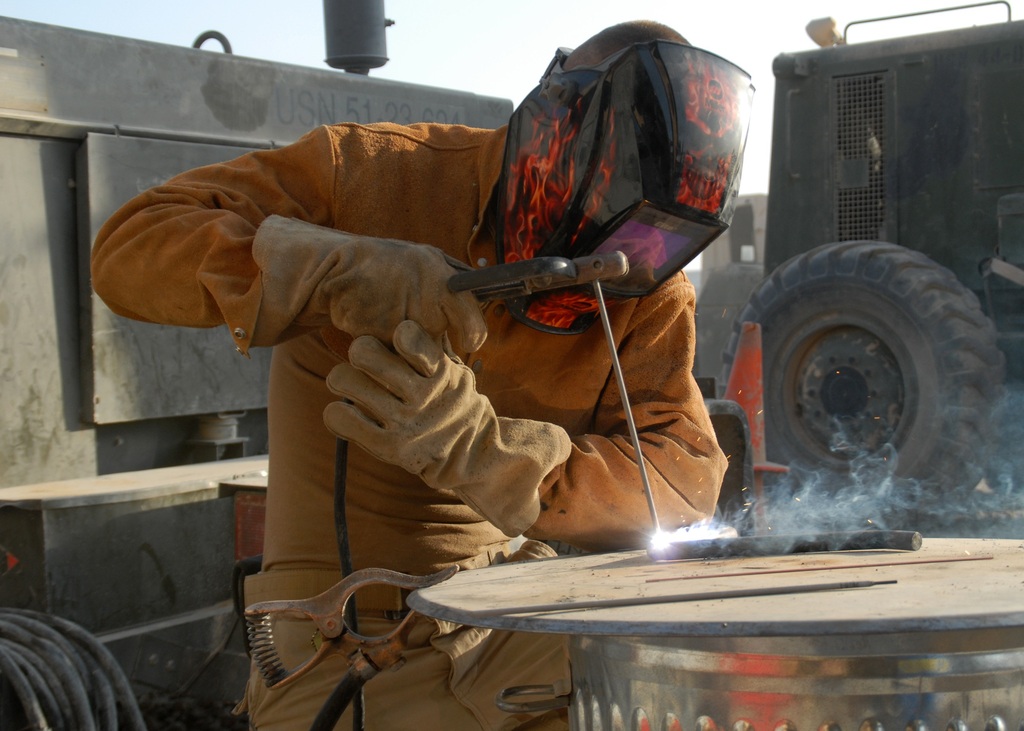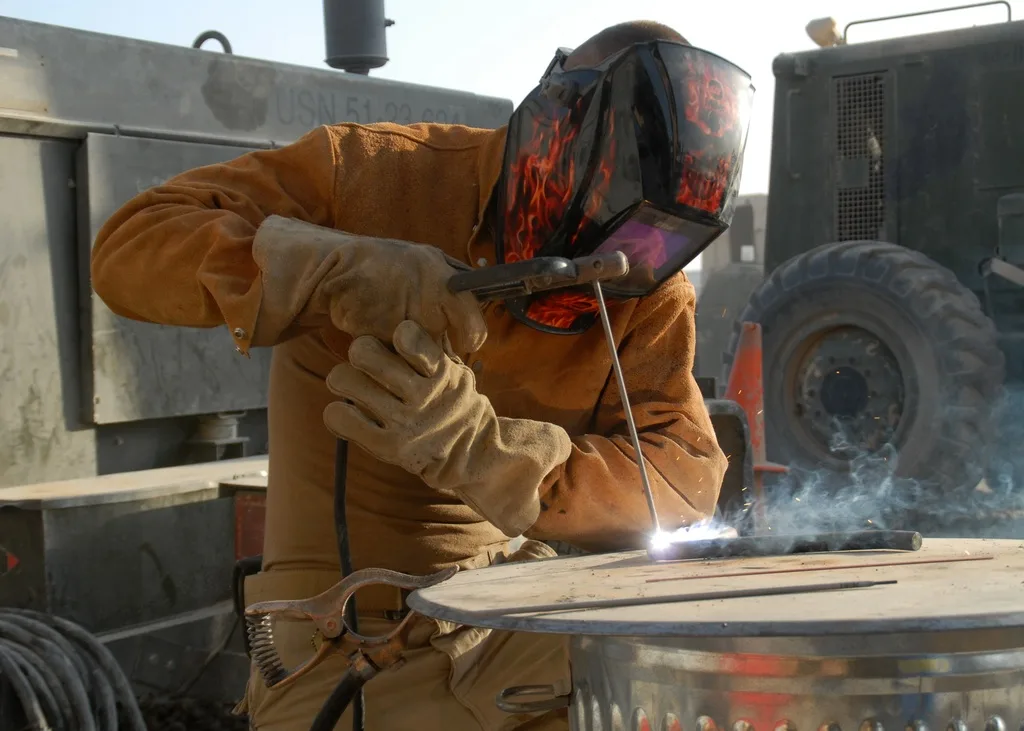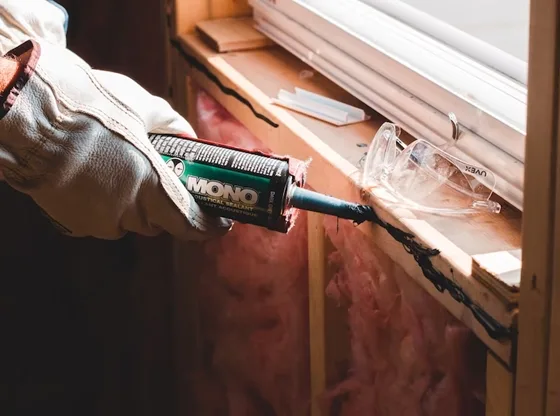Welding is the process of fusing materials together by heating them to a high temperature and then using pressure to hold them in place. Welders use a variety of equipment to weld different types of metals.
If you’re interested in becoming a welder, there are a few things you need to know before getting started. Here are five tips for beginner welders.

You are a beginner welder who wants to learn the basics of welding. I want to learn how to weld, but I don’t know where to start.
Follow these 5 welding tips for beginner welders and you’ll be on your way!
1. Know the Fundamentals of Welding
Welding is a fabrication process that joins two pieces of metal together. It is done by heating the metal to a temperature where it becomes soft enough to mold and then using a welding tool to apply pressure and heat to the metals until they fuse together.
Welders must have a basic understanding of the welding process in order to create strong, consistent welds.
There are three main types of welding: gas tungsten arc welding (GTAW), gas metal arc welding (GMAW), and shielded metal arc welding (SMAW).
GTAW is the most commonly used type of welding and requires a welder to use a handheld torch to heat the metals and then use a filler rod to join them together. GMAW is similar to GTAW but uses a wire feeder instead of a filler rod.
Read Also:
2. Decide Which Welding Method to Learn First
Welders may be wondering what the best welding method to learn is. It really depends on the person’s goals and interests. Gas tungsten arc welding (GTAW), also known as TIG welding, is a very precise welding method that uses a non-consumable tungsten electrode to produce an electric arc.
This arc is then used to heat the metal, melting it and joining it together. This welding method is often used for thinner metals because it produces a very clean weld with low levels of distortion.
However, GTAW can be more difficult to learn than some of the other methods available, so it may not be the best choice for beginners. In comparison, gas metal arc welding (GMAW), also known as MIG welding, is a more forgiving welding method that can be used on a wider variety of metals.
3. Protect Your Eyes When Welding or Observing
Welders need to protect their eyes when welding or observing the process. Arc welding produces ultraviolet and infrared light, which can cause eye damage. Goggles with special filters can protect welders’ eyes from the intense light. Welders should also avoid looking at the arc for too long, as this can also cause eye damage.
4. Find a Welding Mentor
If you’re looking for a welding mentor, there are a few things you can do. First, ask around your community for recommendations. There may be someone who has been a welder for many years and is willing to share their knowledge with you.
You can also search online for welding mentors. There are many websites such as Ghani Engineering Works that offer tips and advice from experienced welders. Finally, don’t be Afraid to Ask Questions.
5. Set Yourself Up for Success
Welding is a process that joins metals by heating them to a molten state and then using pressure to fuse them together. It is used in everything from making cars to repairing pipelines. There are a few things you can do to set yourself up for success in welding.
The first step is to make sure you have the right equipment. You need a good welder, welding gloves, a welding helmet, and safety goggles. The next step is to learn how to use the equipment properly. There are many resources available online and in libraries that can teach you the basics of welding.
The final step is to practice. Welder Mike Collins recommends starting with simple projects like joining two pieces of metal together before moving on to more complicated projects.
Conclusion
In conclusion, welding can be a fun and rewarding hobby or career if you have the proper skills and safety precautions in place. With these five tips for beginner welders, you are on your way to becoming a successful welder. Have fun and be safe!










